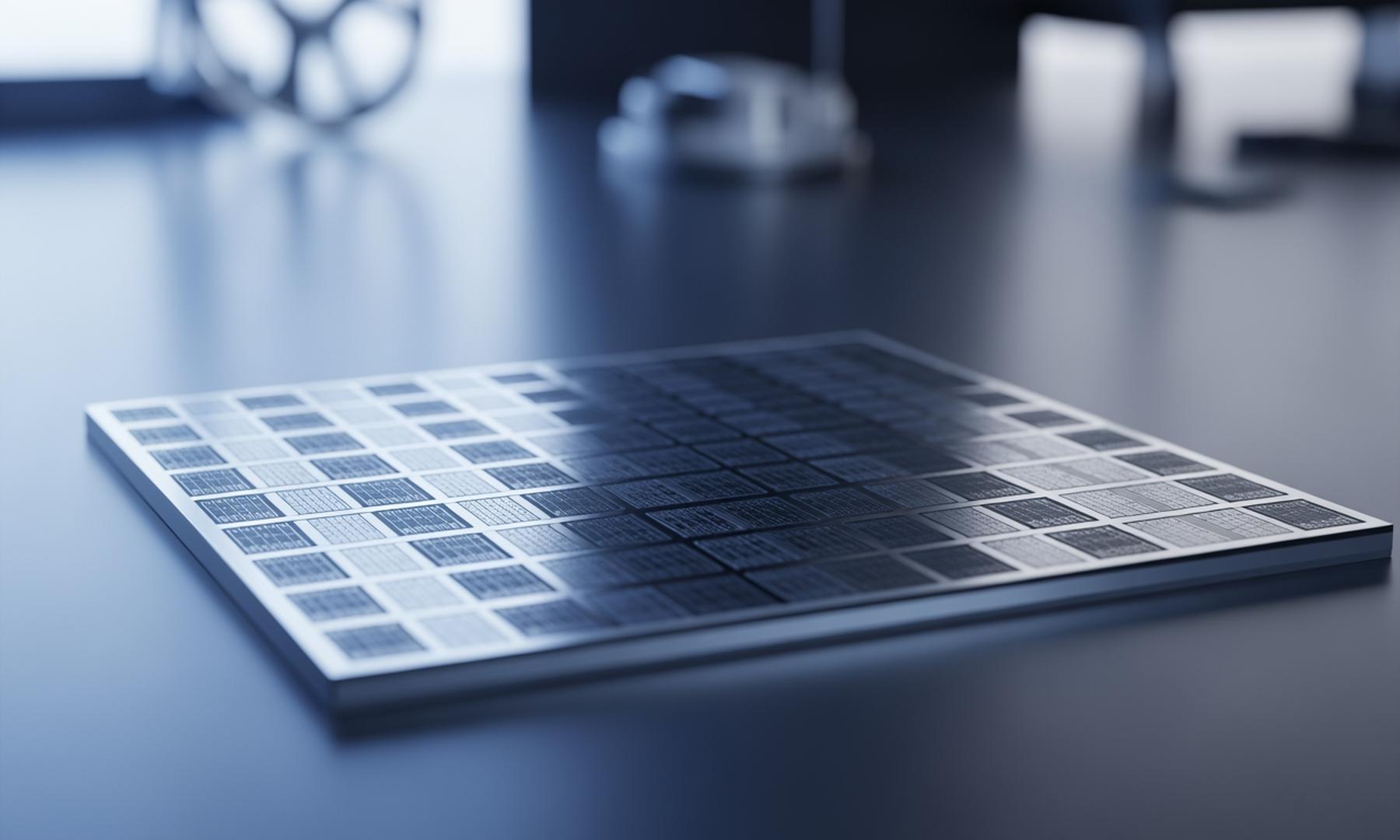What's Happening?
Space42, a UAE-based space technology company, has successfully completed the first public test flight of its solar-powered high altitude platform system (HAPS) model, ApusNeo18. The test flight reached
stratospheric altitudes, validating the system's endurance, resilience, and readiness for commercial deployment. The aircraft carried an advanced Earth observation payload developed by Mira Aerospace, Space42's subsidiary, which includes high-resolution optical and infrared sensors with real-time data transmission capabilities. Despite conducting the flight in November, a less favorable season for HAPS in the UAE, the ApusNeo18 demonstrated its ability to perform across varied weather conditions. The aircraft is designed for sustained stratospheric missions, offering satellite-like persistence with aircraft-level flexibility at lower operational costs.
Why It's Important?
The successful test of ApusNeo18 marks a significant milestone for Space42 and the telecommunications industry in the region. HAPS aircraft like ApusNeo18 bridge the gap between aviation and space, providing a cost-effective solution for environmental monitoring and disaster response operations. The ability to sustain solar-powered flight and reach stratospheric altitudes demonstrates reliable performance at scale, accelerating Space42's mission to deliver premium geospatial intelligence. This development could enhance telecommunications infrastructure, offering new opportunities for data collection and transmission in remote areas, thereby improving connectivity and disaster management capabilities.
What's Next?
Following the successful test flight, Space42 plans to begin production of the ApusNeo18 at its dedicated HAPS manufacturing facility in Abu Dhabi. This facility is one of the world's only end-to-end, sovereign HAPS production lines, and its opening was reported earlier this year. The production of ApusNeo18 will enable Space42 to scale its capabilities and expand its commercial offerings. The company aims to deliver advanced geospatial intelligence and high-altitude systems, potentially transforming telecommunications and environmental monitoring in the region.
Beyond the Headlines
The development of HAPS technology by Space42 highlights the growing importance of sustainable and cost-effective solutions in the aerospace industry. The use of solar power for sustained flight represents a significant advancement in reducing the environmental impact of aviation and space operations. Additionally, the ability to perform in varied weather conditions underscores the potential for HAPS to provide reliable data collection and transmission in challenging environments. This innovation could lead to broader applications in sectors such as agriculture, urban planning, and climate monitoring, offering new insights and efficiencies.












